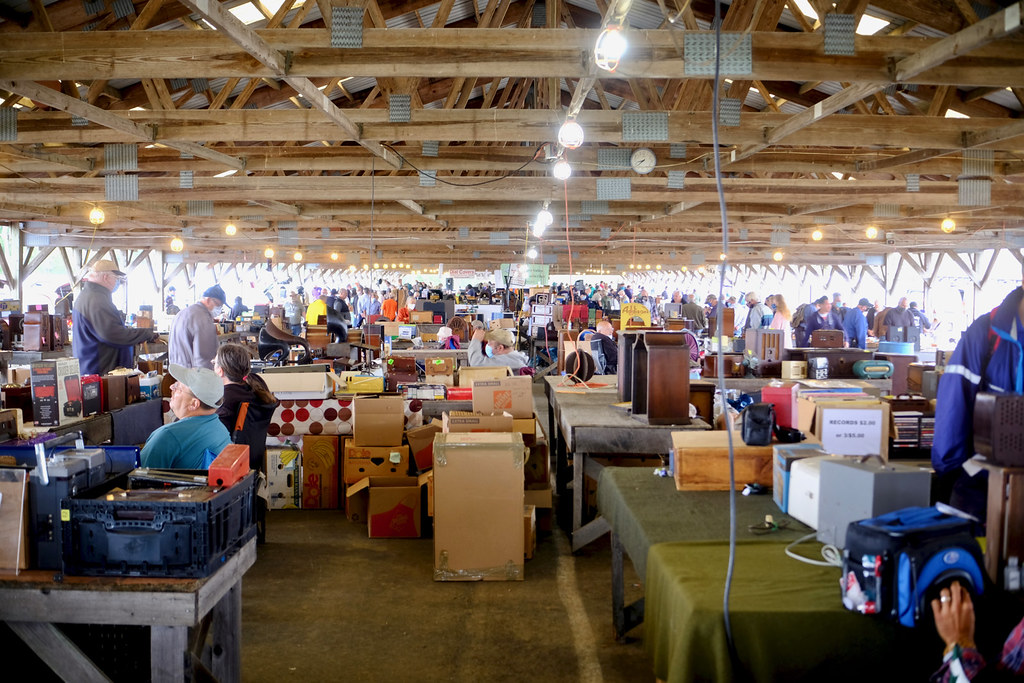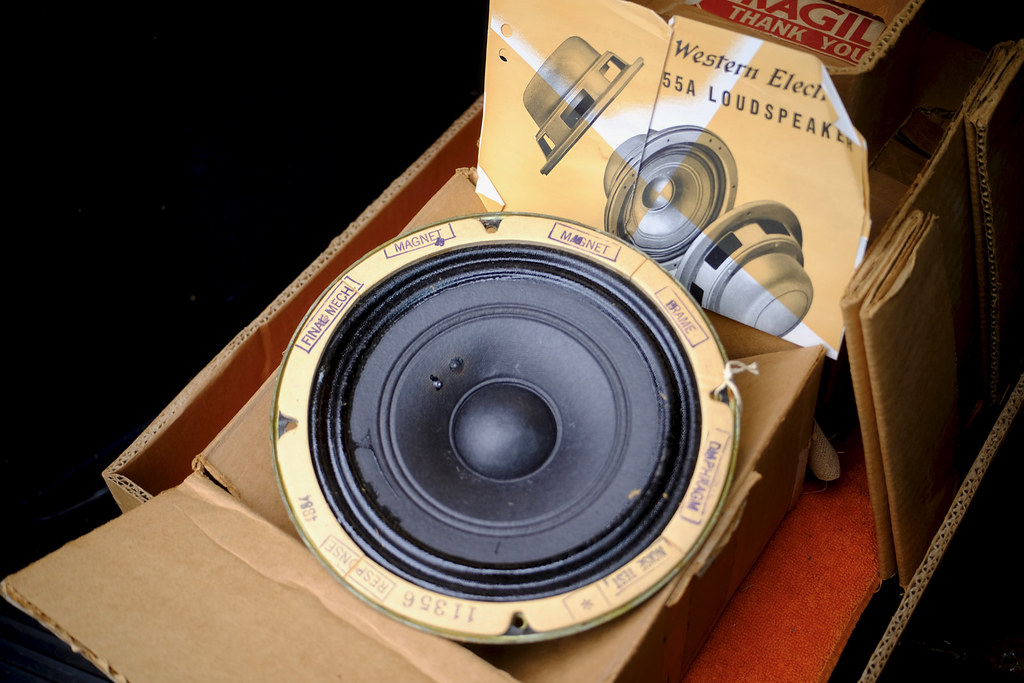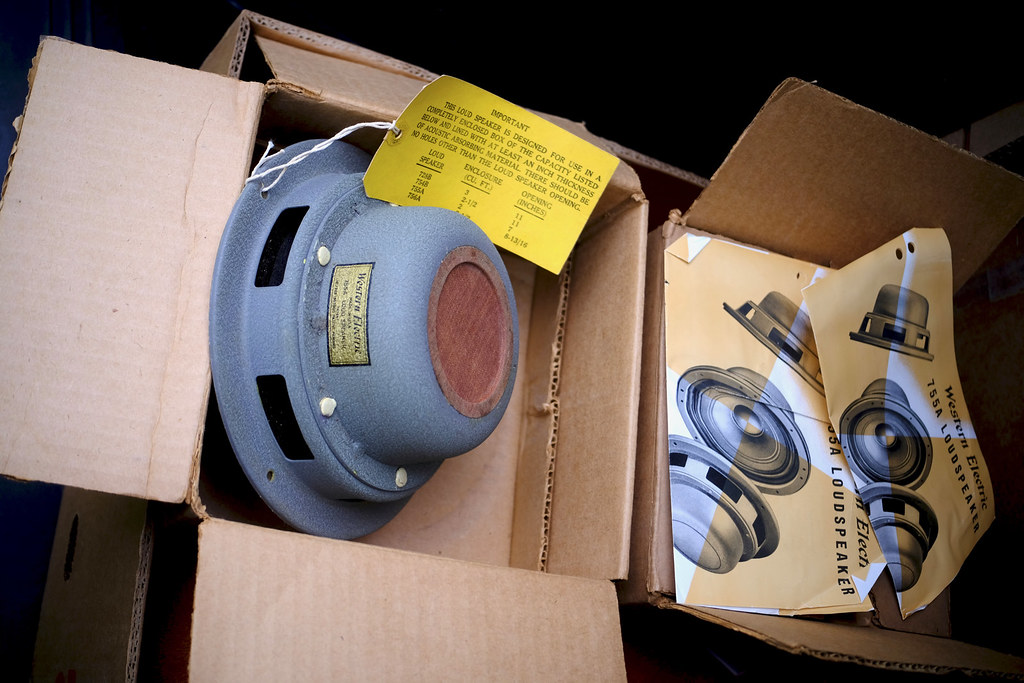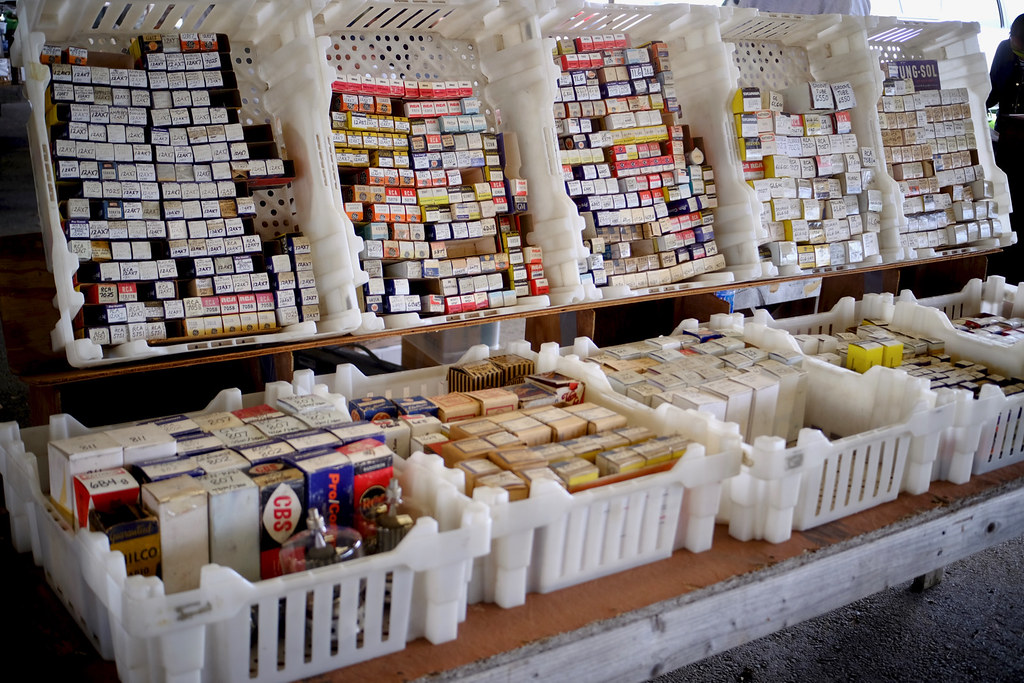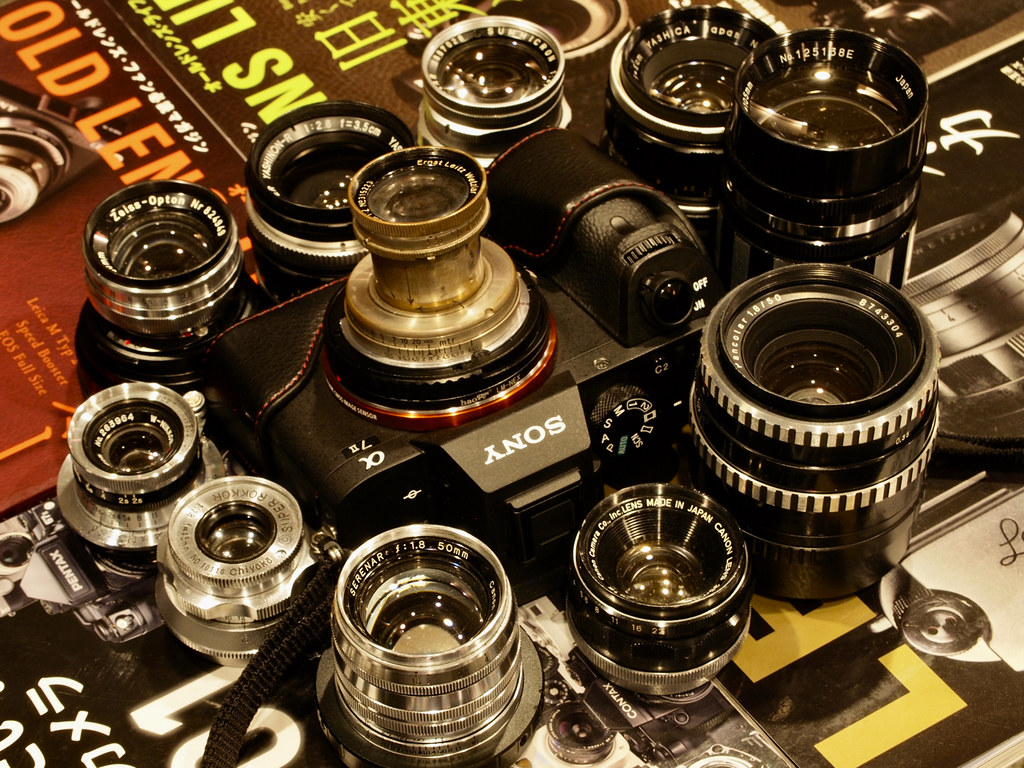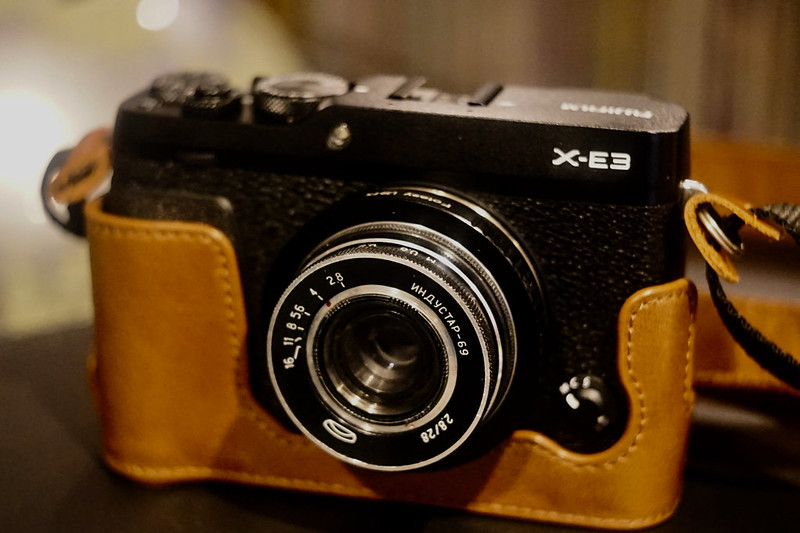This is the last installment of my series on magnetic phono cartridges, which commenced with early stereo cartridges followed by moving magnet cartridges. These cartridges were evaluated in the near-field and main system in the man cave. Tonearms used include the Syntec S220, Denon DA305, Fidelity Research FR54 and Grace G565, mounted on the Garrard 401, Realistic MKVIII, Rek O Kut B12GH + L34 and Thorens TD124 or MKII.
Grado
This collection of Grado cartridges dating back to the 80s and 90s is a testament to my being a dyed-in-the-wool Grado fan. They served me well when I spun LPs via a suspended sub-chassis, belt-drive turntable, feeding hacked Dynakit preamps and classic push-pull EL84 and EL34 amps to drive BBC LS3/5As or Quad ESLs.
But as soon as I started dabbling with idler driven turntables + higher mass tonearms, no negative feedback preamps, single-ended triode amps and high efficiency speakers, the voicing of Grado cartridges started sounding contrived and unnatural. I switched to using the Denon DL103 and Ortofon SPU low output moving coil cartridges via mic transformers.
 |
| Grado GTE+1 + ZTE+1 stylus |
Although the Pickering/Stanton 371 was more fatiguing to my ears, the GTE+1 has a similar tonal curve. The GTE+1's mid-bass sounds boosted, the midrange is slightly recessed, followed by a sudden rise in the upper female vocal range that gives a nasal quality, which is borderline shouty. The rising response goes all the way to the mid-treble range then it sharply rolls off in the extreme high frequencies.
This kind of voicing presents an exciting sound that has created a fan base as well as harsh critics for Grado. Tonally, the early Grado SR80 headphones I own were voiced in a similar fashion.
 |
| Grado Signature 8MZ |
The tonal curve I described above is still apparent in the Signature 8MZ but milder. The upper midrange/lower treble peak was refined and the frequency extremes more extended. In the process, however, micro and macro dynamics suffered. Refinement, detail and resolution improved at the expense of musical excitement.
I also noted a lack of air and spaciousness between instruments and vocals as presented by both 8MZ and GTE+1, which resulted in a drier and narrower sound field compared to the Nagaoka, Pickering/Stanton and Sparta S220.
Nagaoka
 |
| Nagaoka MP11 |
In the Fall of 1983, my dearly departed dad, a violinist, conductor and music professor, went on an observational tour of orchestras and music schools in the UK under the auspices of the British Council. Before heading back to Manila, he took a side trip to NYC to visit me and see his old haunts. The Nagaoka MP11 pictured above was his gift + a couple of Popular Hi-Fi and Hi-Fi Answers issues he picked up along Tottenham Court Road.
 |
| Nagaoka MP11 |
Mounted on my stock AR XA turntable in '83, I didn't think too highly of the MP11 and preferred the GTE+1. So it rested for more than three decades. When I revisited it, the tables were turned. Listening to the MP11 exposed the Grados' flaws.
To my ears, the MP11 is the moving iron equivalent of the Denon DL103R. It has a sweet midrange, detailed and extended in the frequency extremes with a middle row concert hall perspective. Even if the presentation is more relaxed than the Pickering/Stanton models below, it still presents musically satisfying dynamic nuances.
To my ears, the MP11 is the moving iron equivalent of the Denon DL103R. It has a sweet midrange, detailed and extended in the frequency extremes with a middle row concert hall perspective. Even if the presentation is more relaxed than the Pickering/Stanton models below, it still presents musically satisfying dynamic nuances.
 |
| Nagaoka MP110 body + MP10 conical stylus |
Encouraged by my rediscovery of the MP11, I kept my eyes peeled for another Nagaoka MP cartridge at close to '80s pricing. Fortunately, I lucked out with a couple of NOS MP10 styli + a cheap MP110 body.
I couldn't detect any sonic difference swapping the MP11 or MP10 stylus between the MP11 and MP110 bodies. The DCR of the MP11 coils averaged at ~ 550 ohms while the MP110 ~ 600 ohms. Thus, I assumed that the MP11 and MP110 bodies are identical.
Sonically, the MP110 body (or MP11 body) + MP10 stylus = the moving iron equivalent of the Denon DL103.
I couldn't detect any sonic difference swapping the MP11 or MP10 stylus between the MP11 and MP110 bodies. The DCR of the MP11 coils averaged at ~ 550 ohms while the MP110 ~ 600 ohms. Thus, I assumed that the MP11 and MP110 bodies are identical.
Sonically, the MP110 body (or MP11 body) + MP10 stylus = the moving iron equivalent of the Denon DL103.
Pickering/Stanton
 |
| Pickering XV15 + D400 conical stylus |
The positive attributes I noted about the Pickering 380 + Stanton 371 = Pickering XV15. Compared to the MP10/11, the concert hall perspective is more front row. The midrange is the most three-dimensional in this survey and comparable to the Shure M3/7D. Dynamically, this cartridge is the most exciting in this group.
The MP11/10 beats the XV15 + original conical stylus in terms of detail resolution. Perhaps with an original elliptical stylus, the detail and resolution in the frequency extremes will most likely equal or even surpass the MP11.
Note that the Stanton 680 is the same exact cartridge and the stylus are interchangeable between the two bodies.
There's a lot of SPU juiciness from this cartridge!
 |
| Pickering V-15 Phase IV + IV AM stylus |
The Pickering V-15 Phase IV was designed as the entry-level model in the Flux-Valve (moving iron) line up. I measured an average of 780 ohms DCR from its coils vs. 1200 ohms for its higher-end brother, the XV15.
Its overall performance is formidable and the superiority of the XV15 might only shine through in a direct A/B comparison. The Stanton 600 is the equivalent model.
Sparta 220S
This Sparta 220S cartridge came with one of my Syntec S220 tonearms. The Japanese OEM was identified as a Piezo YM-114 aka Hitachi DS-ST101 by wualta in Audiokarma. It's a very smooth-sounding cartridge with good detail and extension in the frequency extremes. Not as dry as the Grados, but like the 8MZ, it doesn't have the micro/macro dynamic prowess of the Nagaoka MP10/11 and Pickering XV15/Phase IV.
Coda
My Grado cartridge collection survived the '90s purge when I unloaded my two Merrill modified AR turntables, two pairs of Quad ESL57s, a 15 ohm pair of Rogers and a 12 ohm pair of Spendor LS3/5As, a pair of Acrosound TO330 push-pull output transformers, Lafayette KT600, Acrosound 20/20, Dyna ST35, Eico HF87, Leak 20, Pilot SA232, SA260 and many other classic equipment.
The proceeds financed the acquisition of tubes and directly heated triodes, Tamura and Tango SE output transformers, idler driven turntables, high mass tonearms, high efficiency Altec drivers and other DIY audio materials.
Since these four cartridges emerged as my favorites in this shootout, it might be the right time to let go of my collection of Grado cartridges...
The Wrap
Moving Iron + Moving Magnet
A couple of moving magnet cartridges deserve pride of place along with my chosen moving irons - the Pickering V-15 + DAT2 for its sweetness, the Shure M44 + EMJ N44G for its dynamic qualities and the Shure M3D for its timelessness!
Finally, if I could only have four, these are the cartridges I'm keeping!






